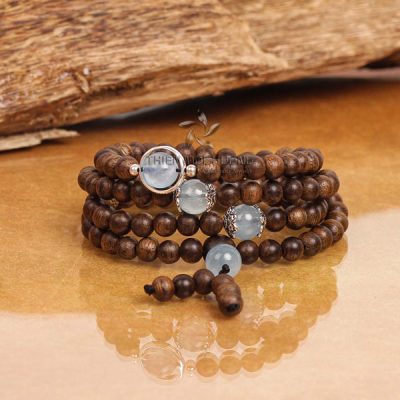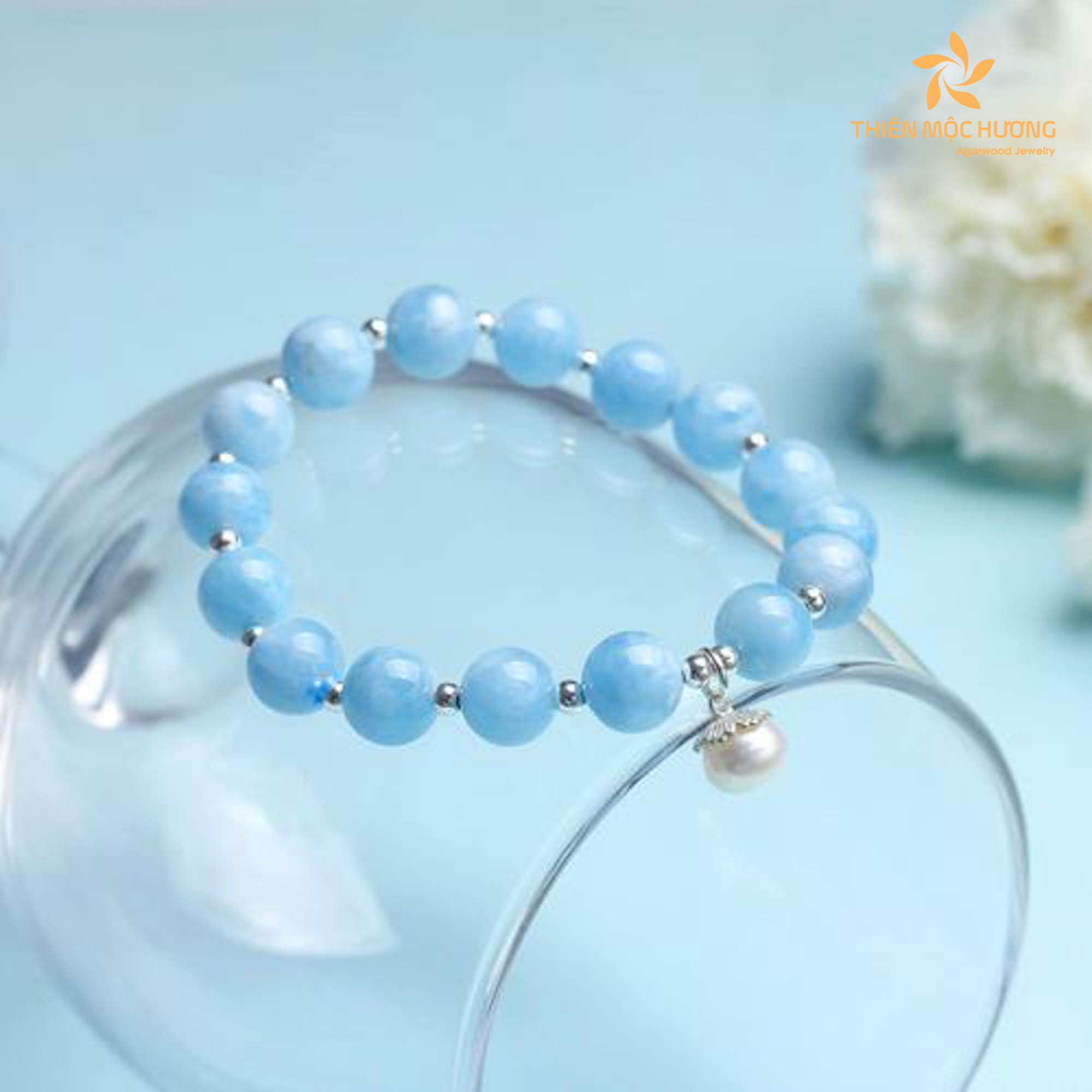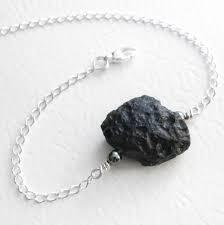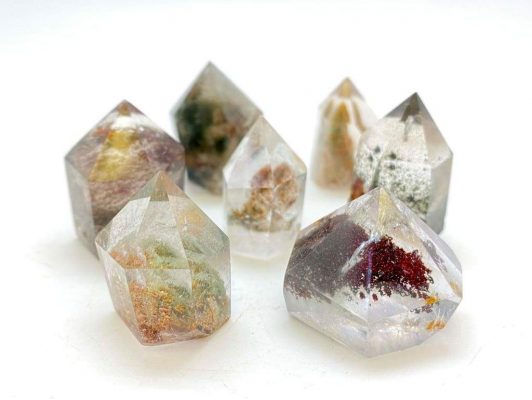Amber stone, with its captivating allure and rich historical significance, has fascinated cultures across the globe for centuries. This ancient treasure, often mistaken for a stone, holds a mystical charm that has intrigued both scientists and gem enthusiasts. In this article, we will delve into the origins, meaning, benefits, and value of amber, as well as provide insights on cleaning and preserving its beauty.
I. What is amber stone?
Amber stone is actually fossilized tree resin (mainly information) after millions of years in the wild.
The resin of the ancient pine tree is very fragrant, so it attracts a lot of insects to make them get caught in the resin and can’t get out. Therefore, amber often contains fragments, leaves, and carcasses of ancient insects. However, this is rare and has a very high value in the market. Currently, to meet the needs of users. People have produced amber in large quantities from living pine trees. So the price of amber is very affordable but still has the same health effects as ancient amber.
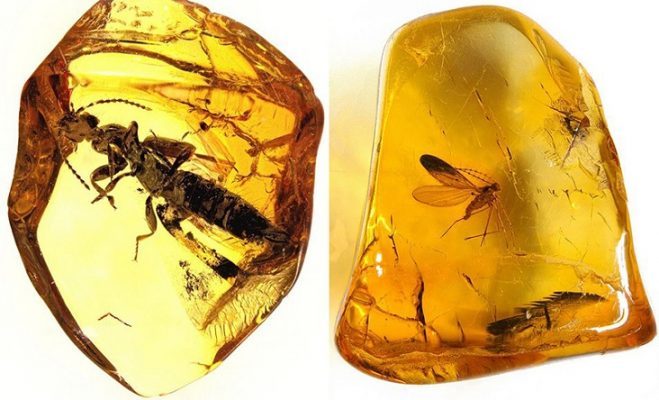
II. Origin of the name Amber
The name Amber was coined. Because, in ancient Chinese legend, which is the spirit of the tiger. Since ancient times, amber has been a precious treasure because amber is the resin of pine trees. Pine trees in China represent longevity.
Since prehistoric times, amber has been used in religious ceremonies. People bury amber with the dead with the belief that amber is like a protective stone, can protect the soul of the dead in the afterlife. In the 5th century, the Romans explored the Baltic just in search of amber.
III. Is amber a stone or not?
Amber is not a stone in the traditional sense. It is an organic substance derived from fossilized tree resin. Over millions of years, this resin undergoes a natural process of polymerization and hardens into amber. While it may resemble stones in appearance, it lacks the mineral composition that defines traditional gemstones.
Amber’s organic nature gives it unique properties that set it apart from stones. It is lightweight and warm to the touch, and it can float in saltwater. These characteristics, along with its ability to generate static electricity when rubbed, distinguish amber from minerals commonly referred to as stones.
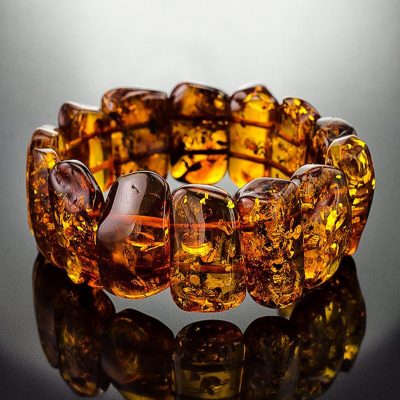
Amber’s distinction as an organic substance adds to its allure and mystique. It is valued for its warm, golden color, clarity, and the occasional presence of fascinating inclusions, such as trapped insects or plant matter. Its organic origin and distinct properties make amber a treasured and sought-after material for jewelry, decorative objects, and even scientific research.
IV. Amber stone meaning
The meaning of amber stone goes beyond its physical properties. Throughout history and across various cultures, amber has held symbolic significance and captured the imagination of people. Here are some of the meanings associated with amber stone:
1. Vitality and Life Energy
Amber is often associated with vitality and life force. Its warm, golden color is reminiscent of the sun, symbolizing energy, warmth, and brightness. Wearing or carrying amber is believed to enhance vitality and bring a sense of vitality and vigor to the wearer.
2. Protection and Healing
Amber has long been regarded as a protective stone. It is believed to ward off negative energies, psychic attacks, and environmental pollutants. Amber is also associated with healing properties, particularly in alternative medicine practices. It is thought to promote physical healing, alleviate pain, and support the immune system.
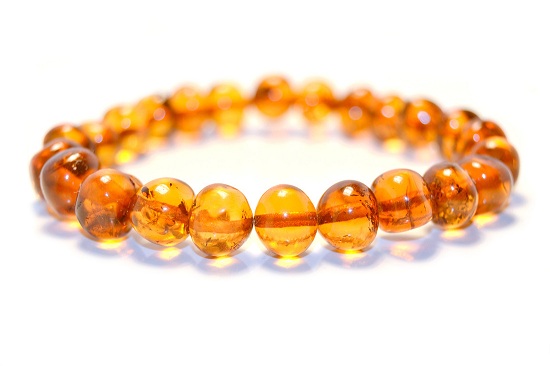
3. Clarity and Balance
Amber is said to have a calming effect on the mind and emotions, promoting clarity and mental balance. It is believed to help alleviate stress, anxiety, and depression, allowing for greater mental focus and emotional stability. Amber is also associated with enhancing creativity and self-expression.
4. Good Luck and Fortune
Amber is considered a stone of good luck and fortune. In some cultures, it is believed to attract abundance, prosperity, and success. Amber is often used in jewelry or carried as a talisman to invite positive energies and opportunities into one’s life.
5. Connection to the Past
Due to its formation from fossilized tree resin, amber is often associated with a connection to the past. It is considered a time capsule, preserving remnants of ancient life within its depths. Amber is regarded as a bridge between the past and the present, symbolizing continuity, heritage, and the passage of time.
V. Amber stone benefits
Amber has a long prize for its ability to absorb negative vibrations from the cells of the body. That use in traditional Chinese medicine to “clean up” the meridians, allowing blood to circulate throughout the body. Which is extremely beneficial for the spleen, liver, kidneys, and gallbladder.
In Russia, during the tsarist era, Russian amber was made into a necklace, worn by children to avoid illness and disease, and by women wearing it. They could be pregnant and have a favorable birth.
In ancient Egypt, people used Amber in the pharaoh’s mummy to prevent bacteria from attacking.
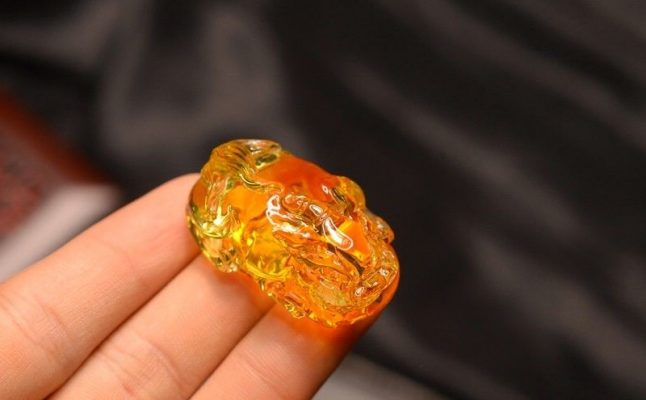
Modern scientific studies have proven that: in Amber, there is succinic acid, also known as amber acid. Amber acid is rich in antioxidants, which can eliminate free radicals that are destroying biological cells. Furthermore, amber acid also acts as a stimulant, supporting nervous system recovery and boosting the immune system to fight infections.
That’s why for teething babies, wearing an amber bracelet will help relieve pain and make your baby less fussy.
Stone can be placed directly on wounds as a purifying stone, stimulating the body’s healing mechanisms.
VI. Different types of amber stones
- Ancient natural amber, untreated: has a reddish-brown color, is not eye-catching, and has small cracks due to the drying process of the resin. This is very rare on the market.
- Copal: is natural amber but with a shorter lifespan than ancient amber. It is lighter in color than ancient amber and is also more common.
- Modern (artificial) amber: is a type of amber made from living turpentine, the most popular, affordable price, colors, and designs of all kinds.
- Ancient natural amber treated: bright, eye-catching, high commercial value. High-end jewelry is usually made from this type of amber
VII. Guide to distinguishing authentic amber stone
In addition to real amber, people fake a lot of plastic amber on the market today. Below, An An summarizes and presents a few ways to distinguish types of amber:
- Brittleness: Ancient amber was quite tough, bent, and then broken. Modern amber is very brittle and breaks immediately. Plastic fake goods are very tough, bend, and do not break
- Heat test: When burned, ancient amber will give off a pleasant, slightly characteristic smell. Young amber (Copal) has a sweet smell. Modern amber is fragrant. As for plastic goods, of course, there will be an extremely unpleasant smell
- Buoyancy test: Ancient amber has a density of 1.1 and will float when placed on a saturated mosquito solution. Plastic goods will gradually sink
- Spectrum: When exposed to ultraviolet light, real amber often emits a yellowish-green fluorescence, while plastic products do not have such color.
VIII. How to clean amber stones and maintenance
Due to the nature of Amber being turpentine, it cannot withstand high temperatures. When using, you should pay attention to avoid exposing Amber to high heat sources such as campfires, boilers, etc.
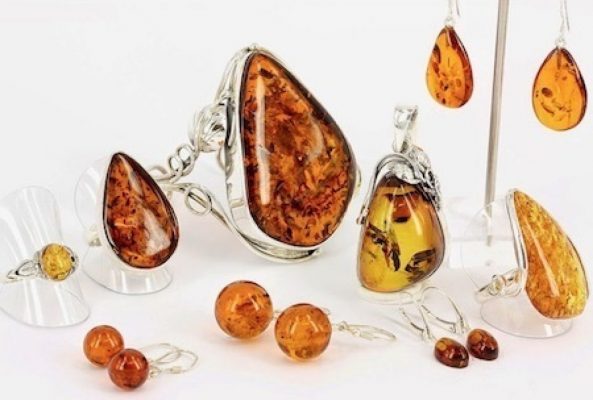
Amber is quite soft, so it is easy to scratch and loses the beauty of jewelry. When doing heavy work or when not in use, you should store Amber to preserve its beauty.
Conclusion
Amber stone continues to enchant us with its timeless beauty and intriguing qualities. Its organic origin, symbolic meaning, and alleged benefits make it a truly fascinating gem. By understanding the origins, caring for its preservation, and appreciating its rarity, we can fully immerse ourselves in the captivating world of amber. Whether you are a gem enthusiast, a believer in its healing properties, or simply captivated by its natural beauty, amber stone remains an enduring treasure that has stood the test of time.
(525)



